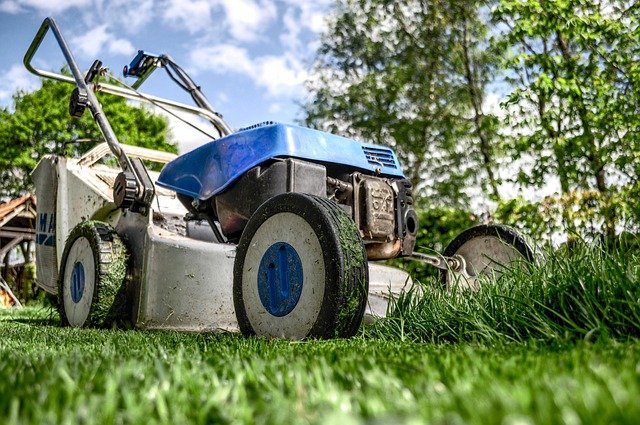Integrated pest approaches for healthier vegetation
Integrated pest approaches blend cultural, biological and physical methods to protect plants while enhancing soil health and biodiversity. This article outlines practical strategies across landscaping, irrigation, composting, mulching and plant selection to reduce pest pressure and support resilient vegetation.

Healthy vegetation depends as much on preventive design as on targeted interventions. Integrated pest approaches focus on strengthening plants and their environment so pests are less likely to become problems. By combining thoughtful landscaping, efficient irrigation, improved soil health through composting and mulching, and support for beneficial insects, gardeners and landscapers can reduce reliance on broad chemical controls while maintaining vibrant beds, containers and hardscaped areas.
How does landscaping shape pest control and soil health?
Deliberate landscaping creates structural diversity that interferes with pest lifecycles and reduces host concentration. Mixing plant species and staggering bloom times lowers the risk that one pest will devastate an entire area. Incorporating hedgerows, buffer zones and varied plant heights also encourages beneficial predators. Good landscape design improves air circulation and reduces damp microclimates that favor fungal disease. Attention to soil health during design—such as specifying plants adapted to local conditions—minimizes stress-related pest susceptibility.
How does irrigation support plant resilience and sustainability?
Water management directly influences plant vigor and pest dynamics. Overwatering can promote root rot, slugs and other soil pests, while under-watering stresses plants and makes them more vulnerable to insect attack. Drip irrigation and timed systems deliver water to the root zone, conserving water and limiting prolonged leaf wetness that encourages pathogens. Pairing irrigation with sustainable practices—mulch to retain moisture and sensors to prevent over-irrigation—improves plant health and reduces conditions that favor pests.
How do composting and mulching boost soil health?
Composting returns organic matter and beneficial microbes to the soil, improving structure, nutrient availability and disease suppression. Incorporating finished compost into planting beds fosters a resilient root environment. Mulching reduces weed competition, moderates soil temperature and reduces soil splash, which can transfer fungal spores to foliage. Apply organic mulch at an appropriate depth and keep it slightly away from stems to avoid sheltering rodents or encouraging crown rot. Together, composting and mulching strengthen plants so they can better withstand pest pressure.
How do perennials and pollinators reduce pest pressure?
Planting a diverse mix of perennials provides season-long habitat for beneficial insects and pollinators. Native perennial species often require less input and support local predator populations—lady beetles, lacewings and parasitic wasps—that feed on common pests. Avoiding broad-spectrum insecticides protects these allies. Staggered flowering times deliver continuous nectar and pollen, maintaining beneficial populations that help suppress outbreaks naturally while enhancing ecosystem value.
Can xeriscaping, hardscaping, and containers limit pests?
Xeriscaping uses drought-tolerant species and reduced lawn areas to lower water needs and, in many cases, reduce pest habitat by matching plants to local climate. Hardscaping—raised beds, gravel paths and rock features—improves drainage and can reduce shelter for rodents and insects. Containers offer a way to isolate vulnerable plants, simplifying monitoring and treatment. Selecting resistant varieties and maintaining clean, well-drained container media further minimizes pest establishment.
How do lighting and regular maintenance sustain integrated pest control?
Outdoor lighting influences night-active insects and can disrupt beneficial interactions if not managed. Using directional, warm-spectrum fixtures helps reduce ecological disruption. Regular maintenance—pruning diseased material, removing debris, rotating plant groups and monitoring for early signs of infestation—prevents pest reservoirs. When intervention is necessary, apply targeted, low-toxicity controls and integrate them with cultural measures to preserve beneficial organisms and long-term sustainability.
Conclusion
Integrated pest approaches prioritize prevention, plant vigor and ecological balance to protect vegetation. Combining smart landscaping, efficient irrigation, composting and mulching, support for perennials and pollinators, and strategic use of xeriscaping, hardscaping and containers builds resilience. Thoughtful lighting and routine maintenance further reduce pest outbreaks, helping gardens and outdoor spaces remain healthy and sustainable over time.





